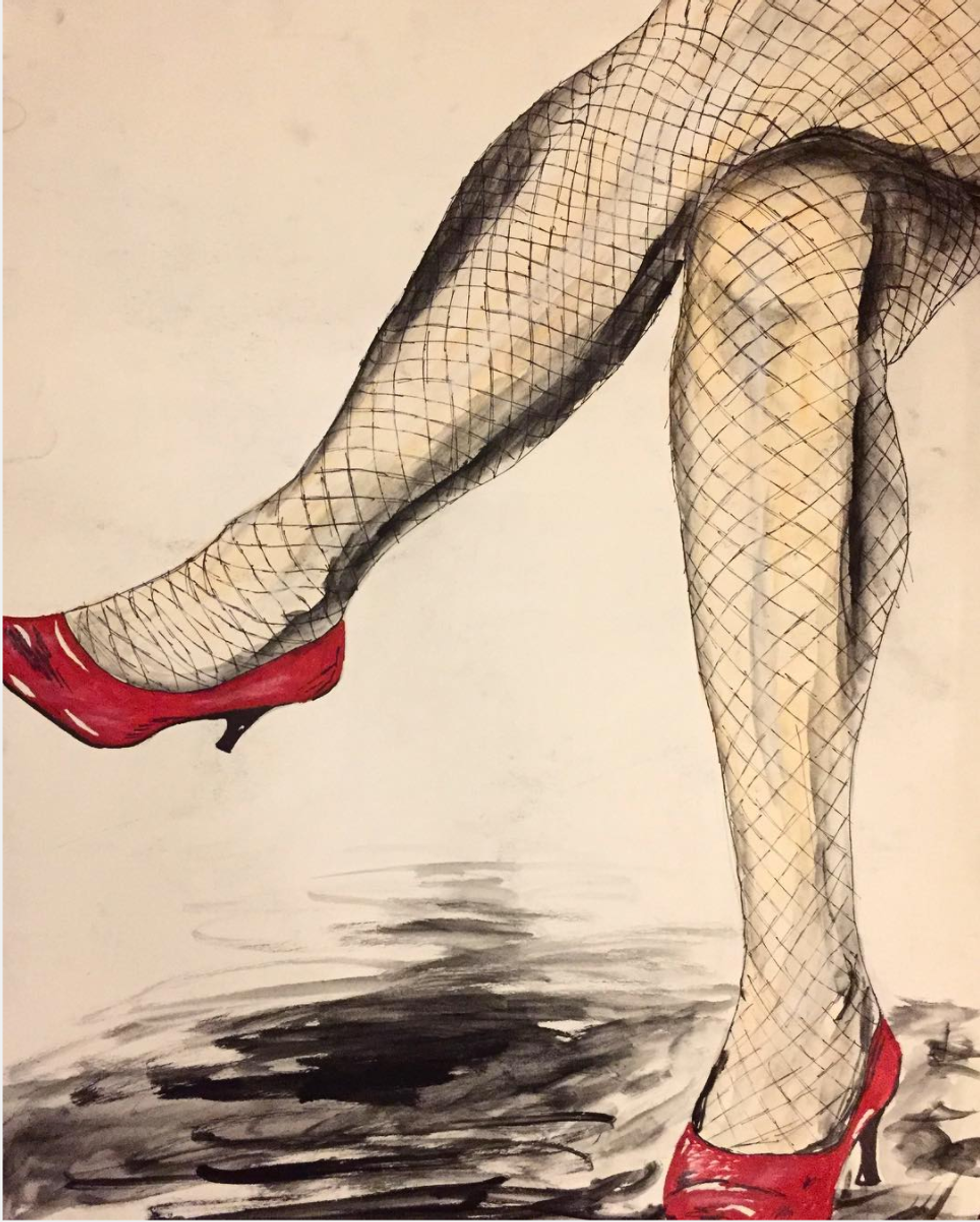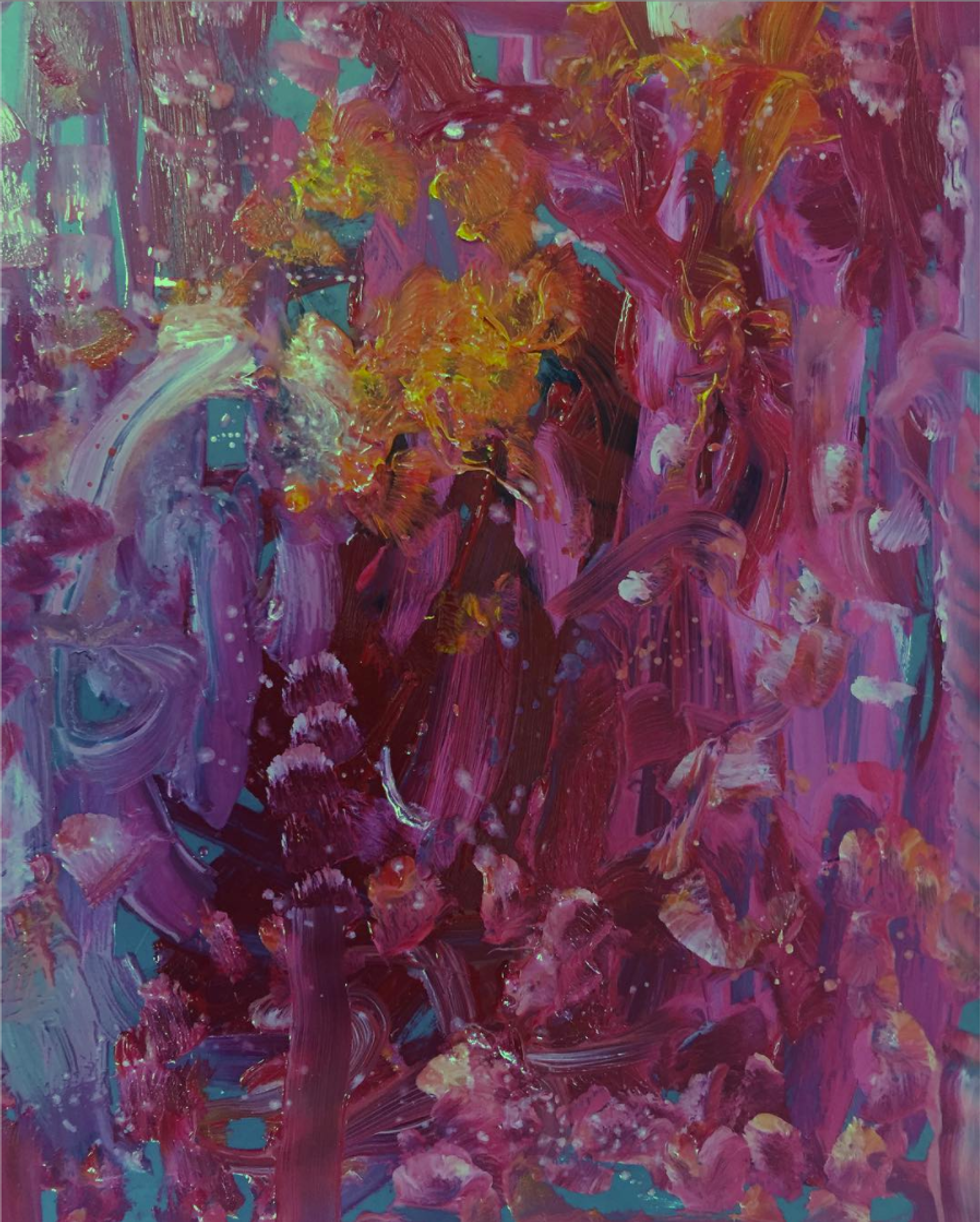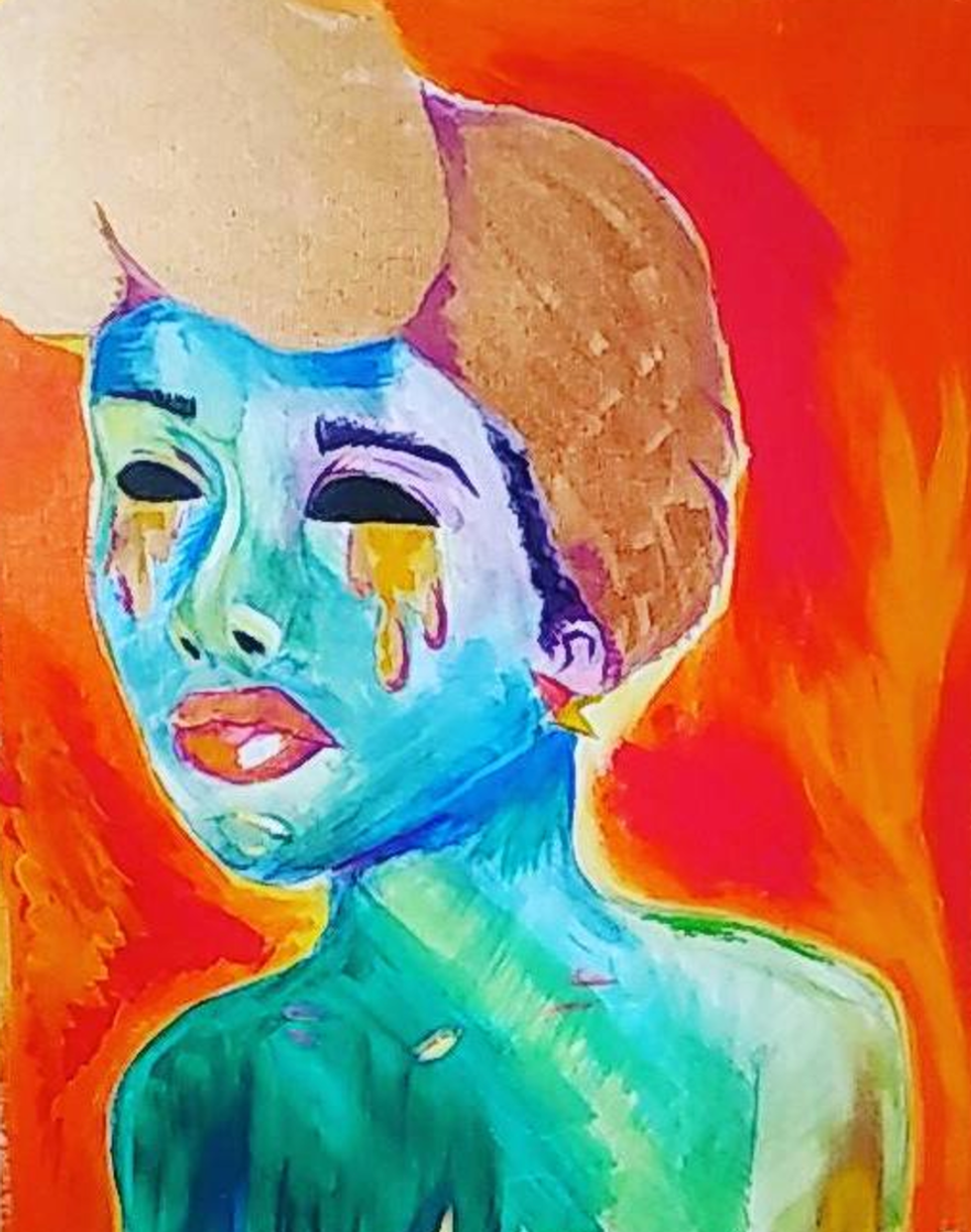From its beginning, the idea of feminism has been controversial and highly debated. In the twentieth century, the argument shifted from whether women deserve rights, to whether feminism was really about the rights of all women. With the rise of third-wave and intersectional feminism, many began to ask questions about the roots of this fight for equality. Many began to wonder about marginalized representation or the complete absence of non-white women under the movement’s regime. In literature, we can see and compare the innermost thoughts of feminist writers throughout its progression. From the writings of early feminists like Charlotte Perkins Gilman to contemporary intersectional feminists such as Zadie Smith, we can dissect two varying internal processes of the supposed same movement. As white women gained more freedom and grew their opposition to the status quo, black women remained enslaved in the same society that claimed to have freed them. While white women celebrated victories like the 19th amendment, black women were shrugged in polling places dictated by Jim Crow Laws. In today’s society it is hard to see the injustices black women face because they are unique to non-white women. White women do not face discrimination based on their skin tone and so they assume it does not exist. How can you fight for something you are not aware is a problem? This fatal flaw causes the chasm between intersectional feminism and white feminism to grow even larger. However, to be able to fight for the equality of women, you must include the racial struggles that black women have faced in their fight for freedom as women.
To review early white feminism, I looked over three short stories by two prominent white feminist writers at the turn of the twentieth century, Charlotte Perkins Gilman and Kate Chopin. Charlotte Perkins Gilman is considered to be a feminist activist through her writings and public lecture. Her works “The Yellow Wallpaper” and “If I Were a Man” have the common theme of domestic imprisonment of women. In “The Yellow Wallpaper," the narrator faces nervous depression and readers view her dissension into paranoia and insanity. She becomes fixated on the yellow wallpaper in her bedroom that is riddled with obnoxious patterns, stains, and stripes. She begins to believe that there is a woman trapped inside of the wallpaper and becomes determined to find out why. By the end of the story she believes that she, herself, was the woman in the wallpaper all along and she has now torn down all of the wallpaper stating, “I’ve got out at last, in spite of you and Jane!” This reference is crucial because up until this point there are only three central characters: the unnamed narrator, the husband John, and his sister Jennie. The illogical patterns of the wallpaper are a symbol of the imprisonment of domestic life with a woman trapped inside of them. The narrator referring to “Jane” begs the question of whether she herself is Jane and tearing down the wallpaper was symbolic of freeing her from her place in society that she had previously endorsed.
Gilman revisits this theme in another short story, “If I Were a Man." The narrator of this story looks on at the model of a perfect housewife, Mollie. However, Mollie wishes to become a man and just like that she becomes one. She sees the world in an entirely new light, with much more freedom than before.
“The world opened before her. Not the world she had been reared in-where Home had covered all the map, almost, and the rest had been ‘foreign,’ or ‘unexplored country,’ but the world as it was-man's world, as made, lived in, and seen, by men.”
This concept of freedom from domesticity was prevalent among many white feminist writers including Kate Chopin. In her work “The Story of an Hour,” the protagonist realizes that her husband has died in an accident and is suddenly overcome with joy due to her new found freedom. She hesitates slightly, wondering if she ever loved him, but quickly remains assertive in her position of excitement.
“And yet she had loved him — sometimes. Often she had not. What did it matter! What could love, the unsolved mystery, count for in the face of this possession of self-assertion which she suddenly recognized as the strongest impulse of her being! ‘Free! Body and soul free!’ she kept whispering.”
It is clear that these women felt trapped in their bubble of domesticity. They could not be themselves or feed their undying curiosity. They were made to cook, clean and look pretty and not a thing more.
One thing absent from all of these stories is black women. In the period when Chopin and Gilman were writing, it would have been a very rare occasion to see a black female writer, much less one writing about feminist topics. While white women were unsatisfied without complete freedom, black women were wishing they had the luxuries that white women had. When looking through the writings of black contemporary writers, the prevalence of struggling with race and identity are side by side with their struggle for freedom as women. Chopin and Gilman had the luxury of ignoring racial issues that are essential to progress the freedom of all women.
A largely influential contemporary black poet and author is Maya Angelou. She has written many notable works calling for the liberation of black women and people in general. Her poem “Still I Rise” touches on being an unapologetically black woman in a society infused with institutionalized racism. “Does my sassiness upset you?” and “Out of the huts of history’s shame I rise,” are both quotes that set the tone of the poem and give better understanding to Angelou’s perspective. Perhaps the most chilling and inspiring line in the entire poem is, “Bringing the gifts that my ancestors gave, I am the dream and the hope of the slave.” When black women write about feminism or what it is like to live in society as a woman, they nearly always intertwine their heritage as enslaved Africans. Slavery may have been abolished in America over 100 years ago, yet the effects linger in society today. When black women speak about equality they must visit equality in race as well as equality between sexes because for them the two go hand in hand. This is the basis of intersectional feminism.
Alice Walker is another notable black female writer. While her novel "The Color Purple," made her internationally known, she has other several inspiring novels and short stories based on life as a black woman. “Everyday Use” is a short story that is set in an average setting with a realistic style narration. It follows three women, the Mother and her two daughters, Maggie and Dee. Maggie suffered severe burns as a child in a house fire and she and her mother live a quiet, blue collar life whereas Dee went off to college to be educated. As Dee got educated, she began to learn more and more about her roots as an African woman, even changing her name from Dee to Wangero. When she comes to visit her mother and sister, she begins picking items that she wants to take with her. Among these items are two old family quilts that had been passed down from her grandmother. She wants to have them to hang on the wall to preserve part of her ancestry. However, the mother has already promised Maggie the quilts, who will put them to “everyday use.” Dee (Wangero) then walks out to the car and claims her mother does not understand her own heritage. The meaning here is two fold. On one hand, Dee must let go of the quilts and her former life in order to embrace her heritage without the imprint of oppression. On the other hand, she has already parted with her heritage as an African American by attempting to erase the oppression that is a part of her history. Throughout the story, the mother compares Maggie and Dee quite frequently, noting that Dee has always been the more well spoken, wittier and better looking sister while Maggie has become accustomed to living in Dee’s shadow. Maggie has become accustomed to embracing the outdated culture that Dee has spent her entire life trying to escape. At the end of the story, Dee says, “You ought to try to make something of yourself, too, Maggie. It’s really a new day for us. But from the way you and Mama still live you’d never know it.” This is the constant struggle of black women in society. They are forced to come to terms with their heritage in ways that white women never will. They can choose to embrace the unpleasant parts or erase them from memory, but they have to choose. That is what links feminism and racial bias together.
So far I have discussed feminist writings regarding race and sex, however, in order to fully understand intersectional feminism you must also include those who were not born as females, although are certainly women. “Miss Adele among the Corsets” by Zadie Smith is a short story that explores the transgender perspective. The story follows Miss Adele, a middle aged, African American transgender woman, who, after breaking her corset, goes on an endeavor to buy a new one. In the store she is hardly greeted by the shopkeeper, and after multiple encounters with what she presumes is discrimination and poor customer service, she explodes on the shop keeper and his wife. The shopkeeper becomes more and more impatient with her and his wife begins referring to Miss Adele with improper pronouns. At the climax, Miss Adele is asked to leave and runs out of the store with her corsets, leaving the money on the counter. In her hurry to leave she slips and gets a bloody nose, gets back up, and keeps running through the streets of New York. As she passes strangers in the street, running from the shop with a bloody nose — she is a sight to see. However, as Smith points out “They didn’t have the context, didn’t know a damn thing about where she was coming from, nor that she’d paid for her goods in full, in dirty green American dollars, and was only taking what was rightfully hers.” As you read the story, you begin to empathize with Miss Adele’s feelings of discrimination. Something does not seem right about the shopkeeper who hardly looks at her. As the story progresses and Miss Adele allows her temper to take over, you begin to feel secondhand embarrassment because she extremely overreacts. This puts the reader in an odd place between feeling sorry for her, being angry at the situation, and disagreeing with Miss Adele. Smith causes this cyclone of misunderstandings on purpose. Her cause is to have you understand where Miss Adele is coming from. She is overreacting, however, she is tapping into all of the complex emotions she has ever felt as an African American, as a woman, and as a transgender. She has become so tired of the niceties of every day life that she lashes out at the shopkeeper who does not give her the time of day. She has an extra complication to her complete freedom.
Perhaps at the time, writers like Gilman and Chopin could not come to terms with the added burden of saving all women in a time where even white women were severely limited. What about today’s white feminists? Many of them claim to understand and even encourage women of color, however, the proof remains to be seen. As Mariana Ortega points out in her essay “Being Lovingly, Knowingly Ignorant: White Feminism and Women of Color,” many white feminists mistake feeling pity and remorse for women of color for being their ally and giving them due respect. White feminists tend to use women of color as a prop or a trophy. They say freedom to all, but only fight for freedom for some. Yet they are also molded by the society that created them. So, then, who is to blame and how do we move forward? The only hope for a united community of all feminists is education. White women will never understand the plight of women of color, but they can empathize with them and prioritize their freedom.
Artists featured in this article are all artists at Delaware College of Art and Design.
In Order of Appearance:
Cover Photo by Isis Kirton @isisfk on Instagram
Mariah Shuster: @avocado_skin on Instagram
Ailise Wholey: @cupcakes_and_canvases on Instagram
Tyler Miles: @_anotherbrokekid_ on Instagram
Sources & References:
Charlotte Perkins Gilman, The Yellow Wallpaper(New York: Feminist Press, 1973).
Charlotte Perkins Gilman, The Yellow Wallpaper(New York: Feminist Press, 1973).
Charlotte Perkins Gilman, “If I Were a Man,” Prenhall, Accessed December 9, 2016, http://wps.prenhall.com/wps/media/objects/107/110026/ch18_a2_d2.pdf.
Charlotte Perkins Gilman, “If I Were a Man,” Prenhall, Accessed December 9, 2016, http://wps.prenhall.com/wps/media/objects/107/110026/ch18_a2_d2.pdf.
Kate Chopin, “The Story of An Hour,” Virginia Commonwealth University, Accessed December 9, 2016, http://archive.vcu.edu/english/engweb/webtexts/hour/.
Kate Chopin, “The Story of An Hour,” Virginia Commonwealth University, Accessed December 9, 2016, http://archive.vcu.edu/english/engweb/webtexts/hour/.
Maya Angelou, “Still I Rise,” All Poetry, Accessed December 9, 2016, https://allpoetry.com/poem/8511437-Still-I-Rise-by-Maya-Angelou.
Maya Angelou, “Still I Rise,” All Poetry, Accessed December 9, 2016, https://allpoetry.com/poem/8511437-Still-I-Rise-by...
Maya Angelou, “Still I Rise,” All Poetry, Accessed December 9, 2016, https://allpoetry.com/poem/8511437-Still-I-Rise-by...
Alice Walker, “Everyday Use,” Dunbarhs, Accessed December 9, 2016, http://www.dunbarhs.org/ourpages/auto/2013/8/29/50829982/2%20Everyday%20Use%20Student%20Text.pdf.
Alice Walker, “Everyday Use,” Dunbarhs, Accessed December 9, 2016, http://www.dunbarhs.org/ourpages/auto/2013/8/29/50829982/2%20Everyday%20Use%20Student%20Text.pdf.
Zadie Smith, “Miss Adele Among the Corsets,” The Paris Review, Accessed December 9, 2016, http://www.theparisreview.org/fiction/6290/miss-adele-amidst-the-corsets-zadie-smith.
Zadie Smith, “Miss Adele Among the Corsets,” The Paris Review, Accessed December 9, 2016, http://www.theparisreview.org/fiction/6290/miss-adele-amidst-the-corsets-zadie-smith.
Mariana Ortega, "Being Lovingly, Knowingly Ignorant: White Feminism and Women of Color," Hypatia 21, no. 3 (2006): 56-74, http://www.jstor.org/stable/3810951.








































